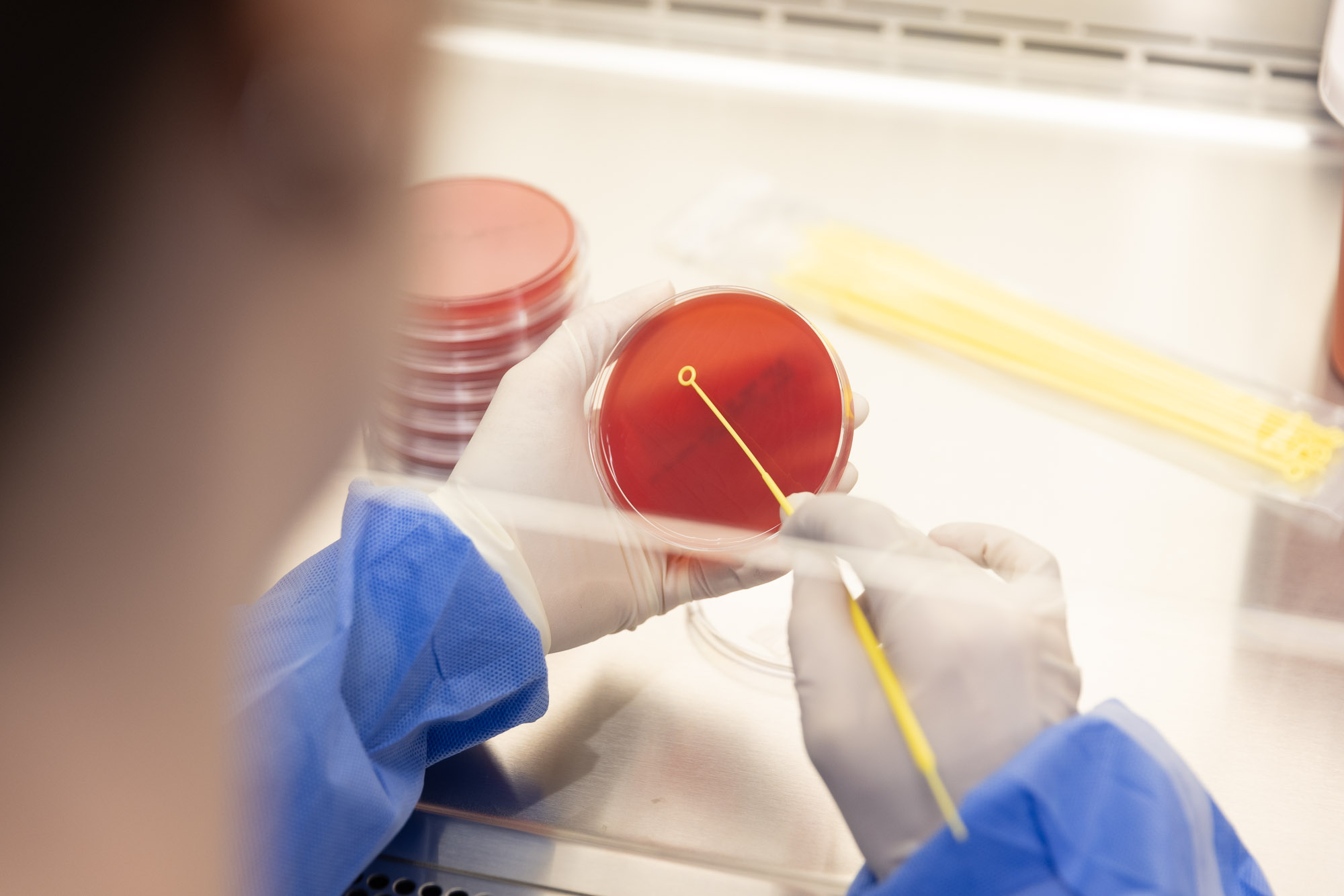Read the entire article at https://www.genomeweb.com/
NEW YORK – With support from the US government, T2Biosystems recently completed the clinical evaluation of a rapid assay to detect six biothreat organisms and plans to submit it to the US Food and Drug Administration for regulatory clearance, followed by commercialization of the test.
As it prepares to possibly bring that test to market, the Lexington, Massachusetts-based firm is seeing increased uptake of its products, and it recently secured additional funding to advance commercialization of its tests.
John Sperzel, CEO of T2 Biosystems, said in a recent interview that submission of the biothreat panel to the FDA should happen soon, and he anticipates that cleared panels may be stockpiled for use during a potential outbreak.
Outliers in the standard diagnostics space, the biothreat organisms that cause anthrax, tularemia, glanders, melioidosis, plague, and typhus are not circulating in the population, but if an outbreak were to occur — due to a bioterror attack, for example — rapid testing would be crucial, with false positive or false negative results “on the edge of being completely unacceptable,” Sperzel said.
“Those organisms have mortality rates that range from 40 to 90 percent, so exposure to them without rapid detection and targeted treatment leads to very bad outcomes,” Sperzel said.
In 2019, T2 Biosystems answered a request for proposals from the US Department of Health and Human Services’ Biomedical Advanced Research and Development Authority (BARDA) and was awarded up to $62 million to develop rapid tests for bioterror organisms.
The panel, like all of T2’s assays, is a direct-from-blood test. It detects Bacillus anthracis, Francisellatularensis, Burkholderia mallei, Burkholderia pseudomallei, Yersinia pestis, and Rickettsia prowazekii.
It uses the firms T2Dx instrument, which amplifies pathogen DNA using PCR, and then condenses all the solids in a blood sample into a dense pudding. The detection then uses a miniature MRI machine that the firm calls T2MR.
Each pathogen has a unique magnetic resonance signature, enabling the T2MR to signal the presence of different bugs’ nucleic acids and identify the organisms. This method allows detection of pathogens down to a concentration of one culture-forming unit per milliliter, even in the presence of antimicrobials.
T2 was able to test negative samples, including 470 samples from healthy and febrile patients at Ochsner Medical Center in New Orleans, but validating positive samples was trickier. The company turned to MRIGlobal, a contract research organization based in Kansas City, Missouri, that was able to contrive 350 positive samples in its Biosafety Level 3 laboratory.
The clinical trial demonstrated very high sensitivity and specificity across all six targets, according to Sperzel. Meanwhile, the cost-share BARDA contract also afforded guidance on the clinical trial for FDA submission, which Sperzel said is likely to follow a 510(k) pathway. In terms of commercialization, the panels and accompanying T2Dx instruments would likely be sold to government entities, he said.

